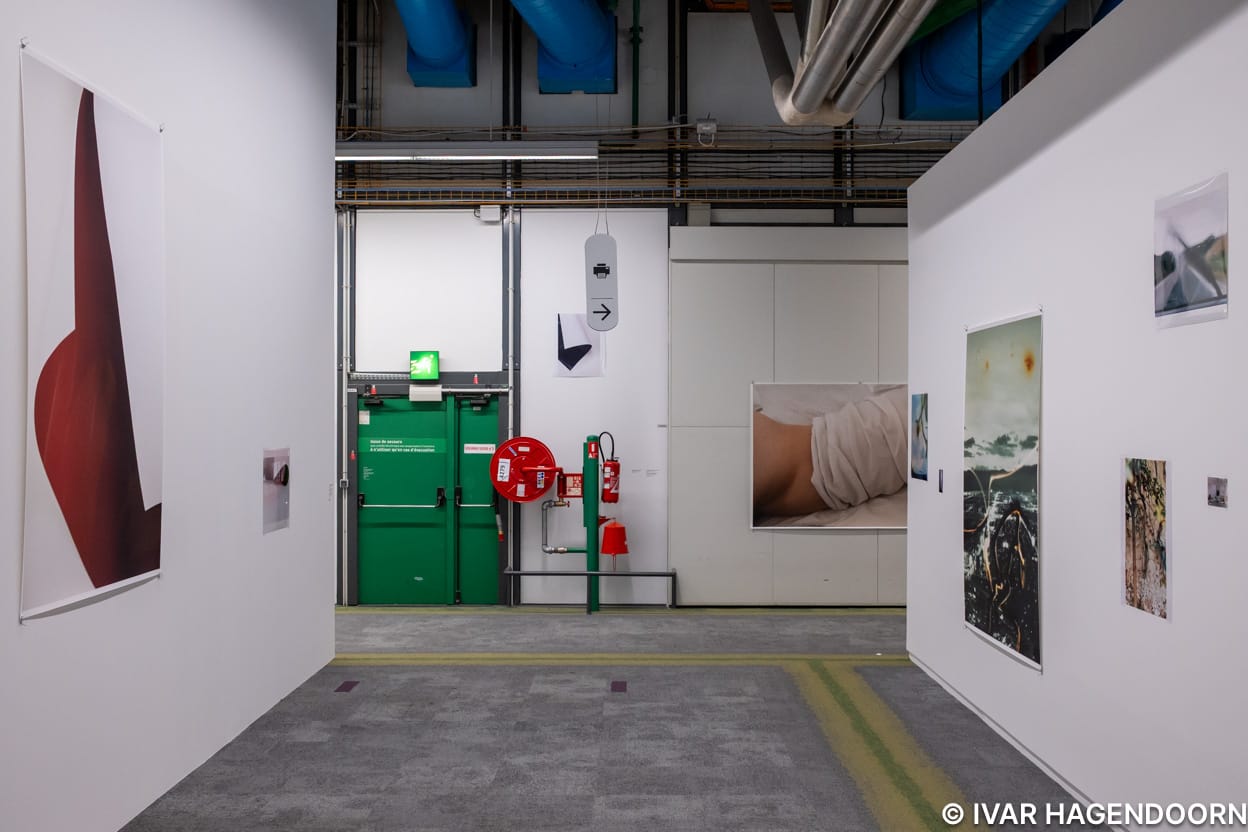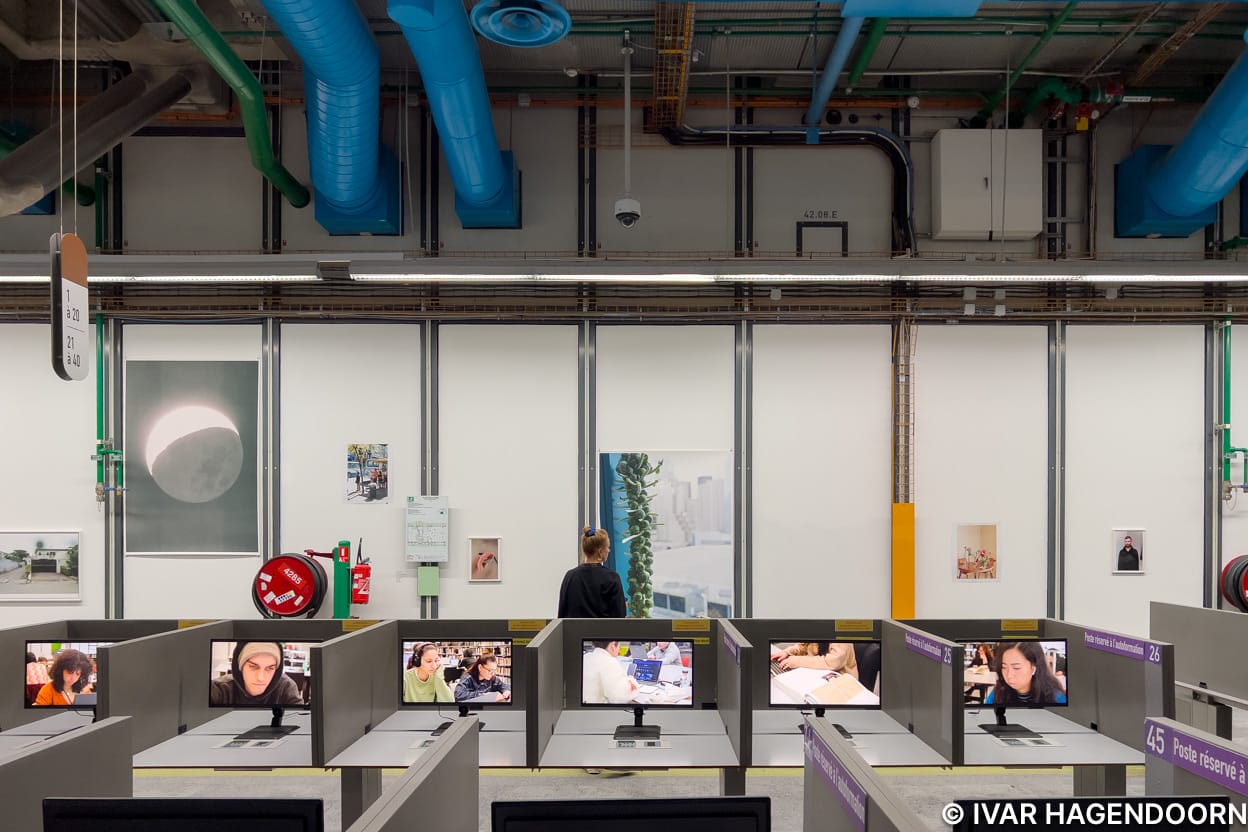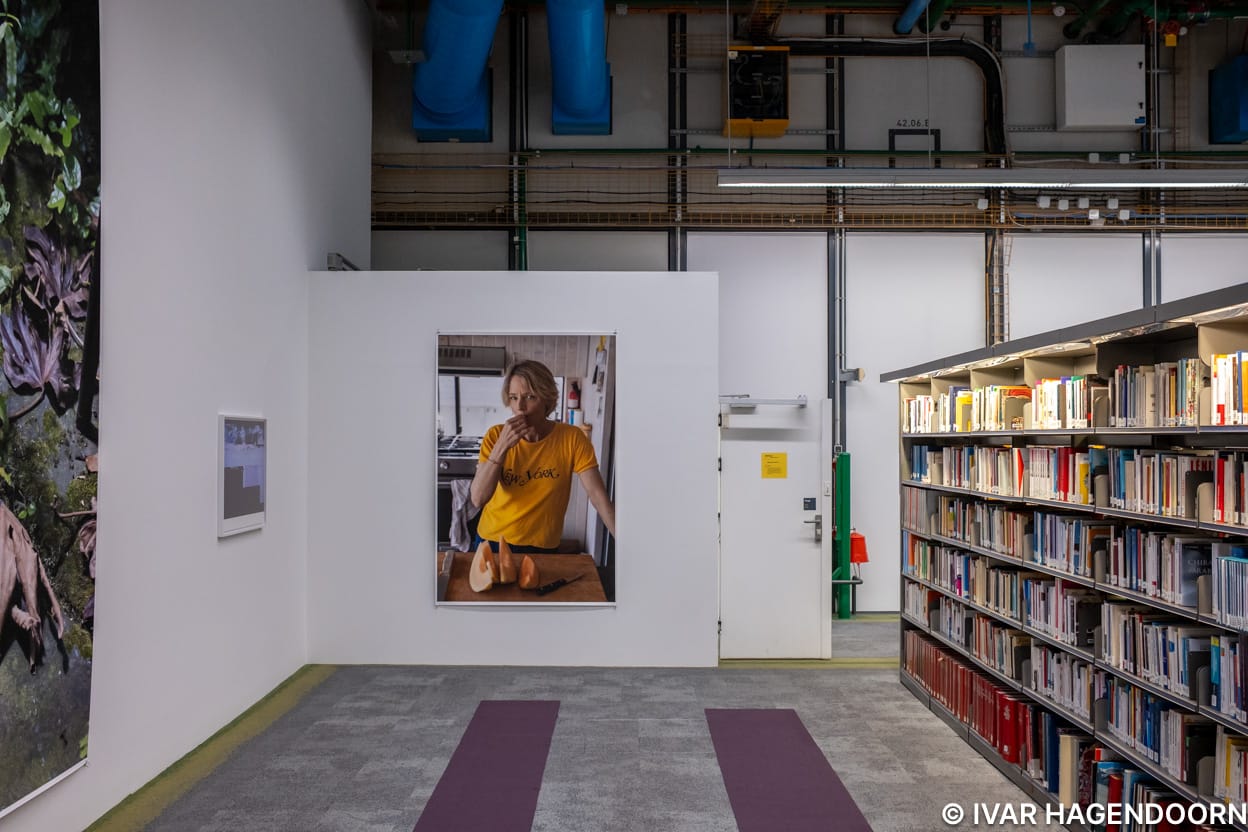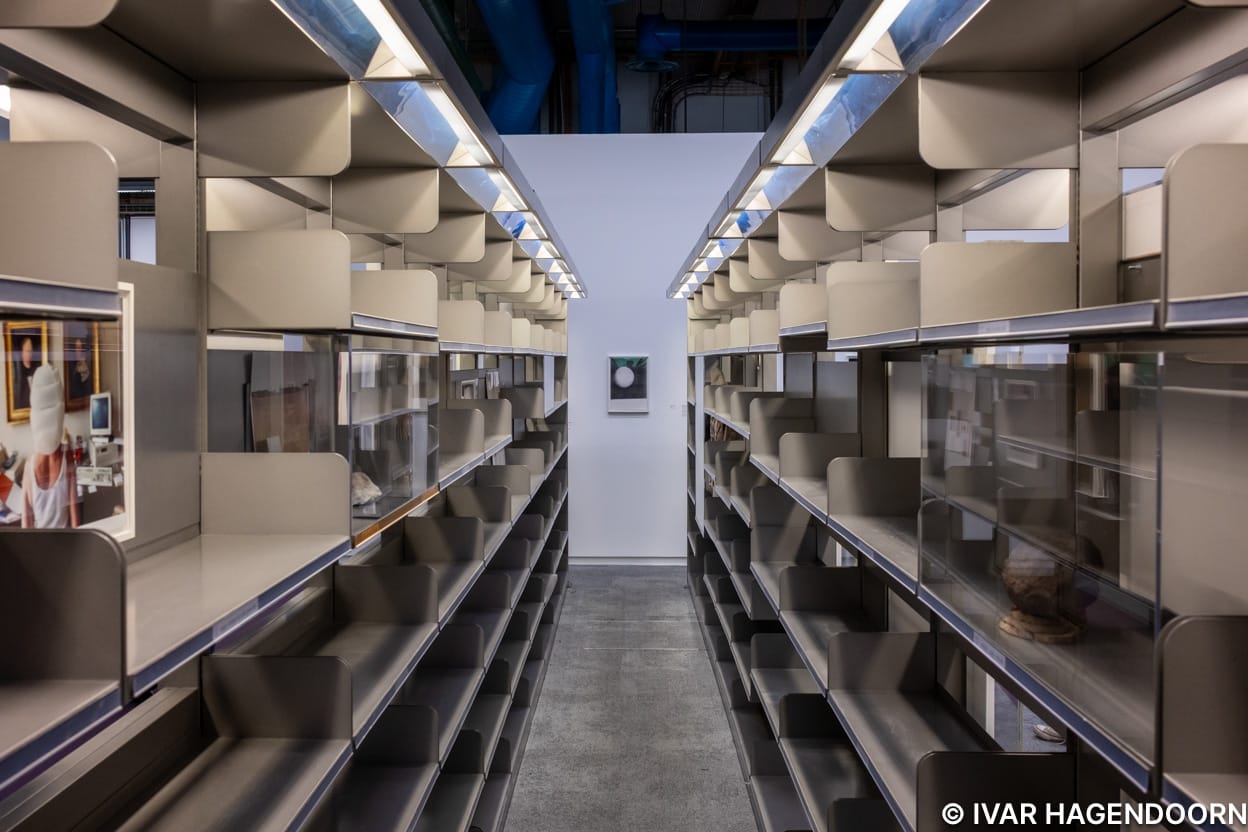
Wolfgang Tillmans’ exhibition “Rien ne nous y préparait – Tout nous y préparait” (Nothing could have prepared us – Everything could have prepared us) at the Centre Pompidou is definitely one of the best exhibitions I’ve seen this year so far. Indeed it ranks among the best exhibitions I’ve seen in the past five years. Like Anne Imhof’s Natures Mortes at the Palais de Tokyo it is one of those rare occasions where everything falls into place: concept, content, execution, venue and timing.
Tillmans jumped on the occasion when he was invited to create an exhibition for the Centre Pompidou just before it closes for a five-year restoration. The exhibition occupies the entire 6,000-square-metre floor of the former public library on the second floor of the Centre Pompidou, transforming it into a site-specific installation. Traces of the library remain, — computer terminals, book shelves, scattered furniture, and dangling category signs —, creating a ghostly backdrop against which Tillmans' works are presented. Mirrored tables transform the Pompidou’s open ceiling with its characteristic blue piping into a work of art in itself. Tillmans also kept the library’s photocopying room where visitors can now make photocopies of some of Tillmans’ works to take home.

The installation reflects Tillmans’ curatorial style, which prioritizes spatial narratives over conventional retrospectives. As in all of his exhibitions he has arranged his photographs with intentional looseness, hanging monumental enlargements alongside postcard size prints, displaying contact sheets, magazines, and photocopies on tables, and integrating video works showing library users filmed in the months before the library closed into leftover computer booths. This approach resonates with his longstanding method of presenting high and low, casual and formal, intimate and political on equal footing. The setting of a public library, traditionally a democratic space for shared knowledge, reinforces his emphasis on accessibility and participation, inviting viewers to linger as they might in a reading room rather than a museum.
Across the exhibition, Tillmans juxtaposes a wide array of subjects — portraits, still lifes, urban scenes, abstractions — to create a kaleidoscopic view of contemporary life. These combinations are never random, even if they appear so (Tillmans always creates immaculate models for every exhibition); rather, they highlight connections between intimacy and power, freedom and control, individuality and surveillance. His images of friends, parties, and domestic life converse with depictions of borders, military parades, and media static, underscoring global tensions and cultural shifts. Many works reinforce Tillmans’ political commitment to openness and connection.



The exhibition also reflects on Tillmans’ career trajectory and the changing cultural landscape. Emerging in the 1990s, his photographs captured the optimism of post-Cold War Europe, the rise of queer visibility, and a youthful freedom of expression. His casual, snapshot aesthetic, presented in galleries and magazines alike, anticipated today’s image-saturated digital culture.
As I wandered around the exhibition I couldn’t help feeling a sense of nostalgia as freedoms once taken for granted are now under threat. Tillmans’ nightclub images, once celebrations of queer collectivity, now read as elegiac reminders of fleeting utopias. The empty library amplifies this mood, its desolation underscoring the precariousness of both culture and memory.

The exhibition is both personal and political, intimate and monumental. The title itself, “Nothing could have prepared us – Everything could have prepared us,” encapsulates this duality: a reflection on individual experience and collective memory, chance and inevitability. By filling an empty library with fragments of his visual archive, Tillmans has created an installation that is as much about the passage of time and the fragility of freedom as it is about photography. His work resists clarity and order, instead offering a living archive of connection, vulnerability, and the ongoing struggle to see — and to remember — in an age of overload. Go see it if and while you can.
Wolfgang Tillmans. Rien ne nous y préparait – Tout nous y préparait is at the Centre Pompidou in Paris until 22 September 2025.